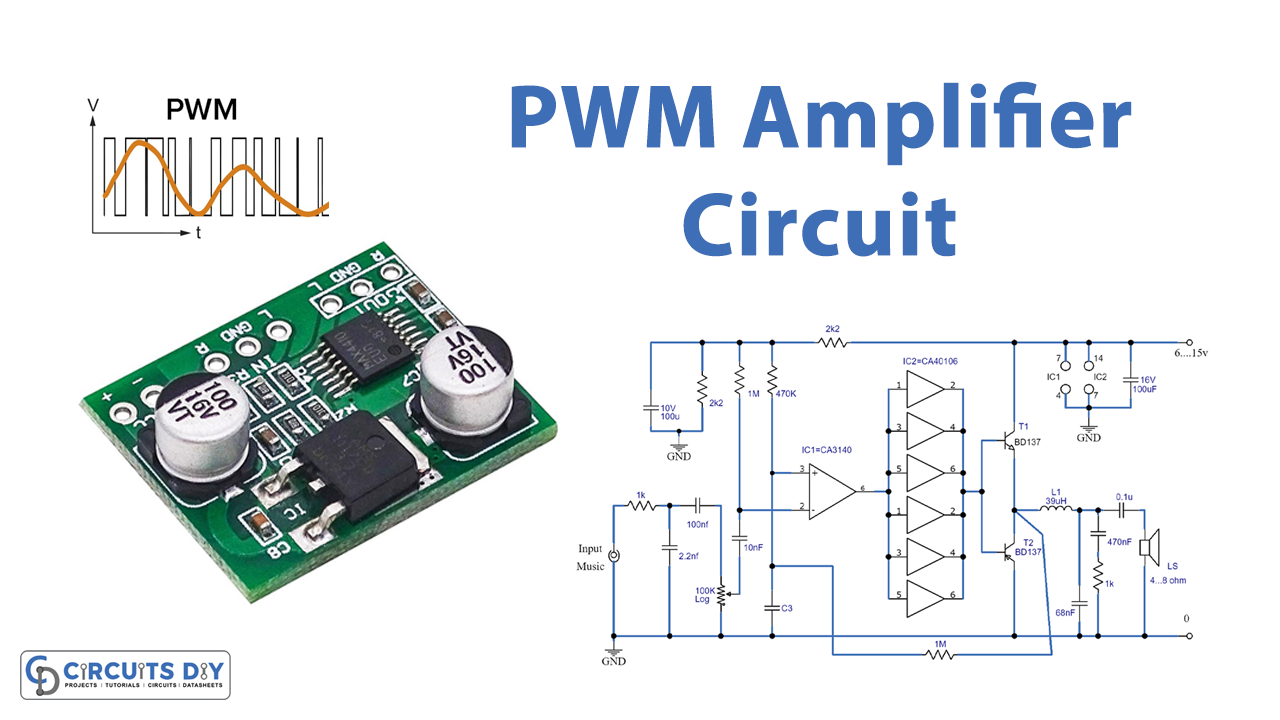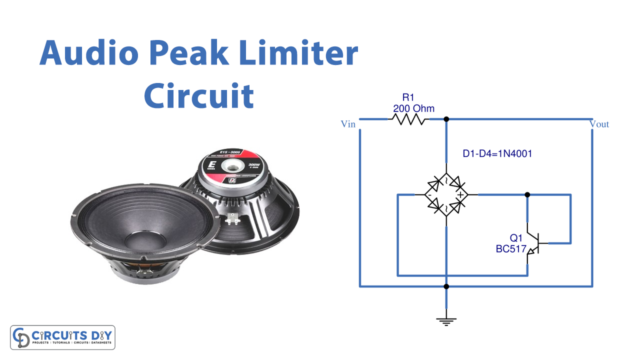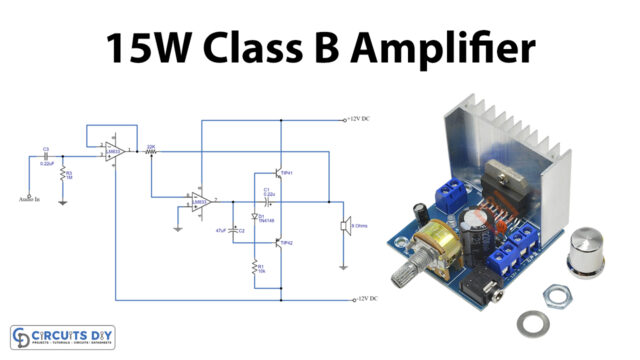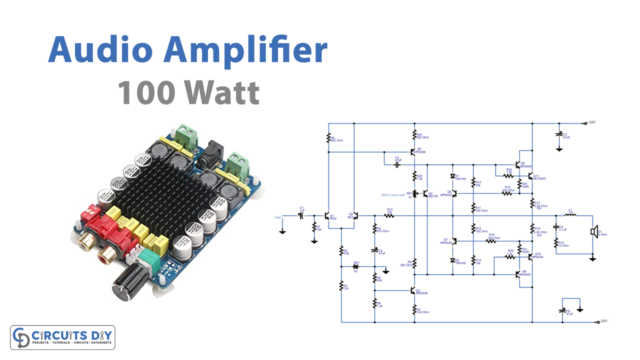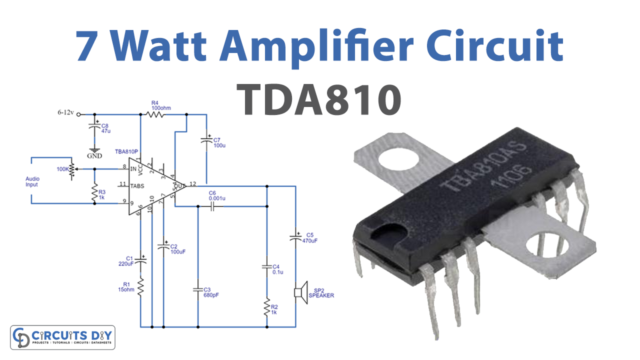Introduction
Bring your audio experience to the next level with the power of pulse-width modulation. Introducing the PWM Amplifier Circuit the innovative solution to boost your audio signal’s power and quality. Whether you’re a musician looking to amplify your instrument or an audiophile looking to enhance your home theater system, this circuit has you covered. With its ability to effectively control the power delivered to your speakers, you can be sure of a crisp and clear sound output. And the best part? You don’t need to be an electronics expert to build one yourself. In this guide, we’ll take you step-by-step through creating your own PWM Amplifier Circuit. So sit back, grab your components, and let’s get started.
Hardware Required
You will require the following hardware for PWM Amplifier Circuit.
| S.no | Components | Value | QTY |
|---|---|---|---|
| 1 | IC | CA3130, 40106 | 1, 1 |
| 2 | Polar Capacitor | 100u, 1000uF | 2, 1 |
| 3 | Non Polar Capacitor | 100nF, 2.2nF, -, 68n 470n, | 2, 1, 1, 1, 1 |
| 4 | Resistor | 2k2, 1M, 470k, 22k, 8.2 | 2, 2, 1, 1, 1 |
| 5 | Variable Resistor | 100k | 1 |
| 6 | Inductor | 39uH | 1 |
| 7 | Transistor | BD137, BD138 | 1, 1 |
| 8 | Speaker | 4…8 ohm | 1 |
Circuit Diagram

Working Explanation
The self-oscillating PWM amplifier design is particularly powerful and efficient, incorporating the squarewave generator, pulse width modulator, and output stage into one unit. The input signal goes into the op-amp IC1, which acts as a comparator with parallel Schmitt triggers to make sure the waveform is square and to give the output transistors enough base drive current.
The comparator output forms a squarewave oscillation dependent on the RC network, R7, and C3, with a frequency of 700 kHz. The sound signal modulates the inverting input of IC1, which the circuit uses as a reference. This changes the width of the square waves, which changes the output.
The output is filtered through an LC/RC network, including L1/C6 and C7/R6, to produce a clean, amplified signal. With a load of 8 ohms and a 12-volt supply voltage, the amplifier can produce up to 1.6 watts, while at 4 ohms, it can produce up to 3 watts. The design also demonstrates low harmonic distortion, with less than 0.32% total harmonic distortion measured from 20 Hz to 20 kHz
Final Words
In conclusion, the PWM amplifier circuit is a highly efficient and cost-effective solution for amplifying audio signals. The self-oscillating design of the PWM amplifier allows a minimum of components, making it an excellent option for hobbyists and DIY enthusiasts. Try this circuit, and feel free to ask any questions in the comment section.

